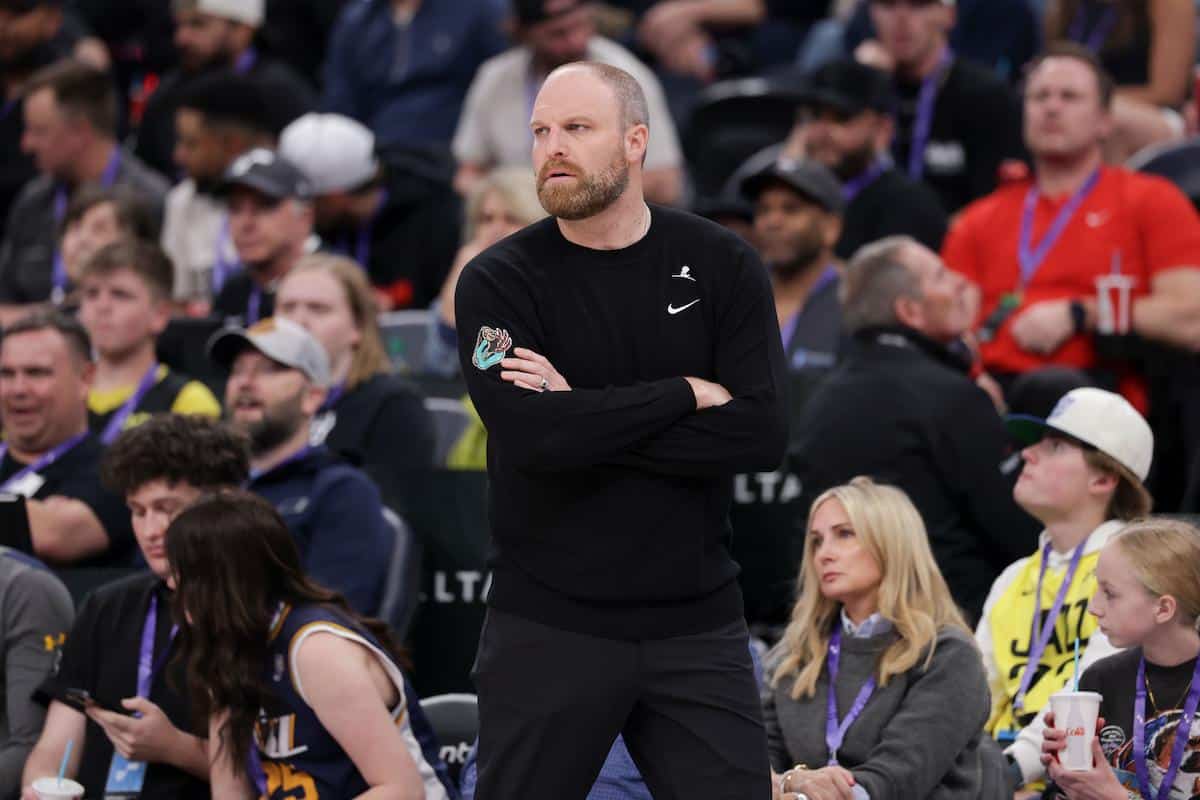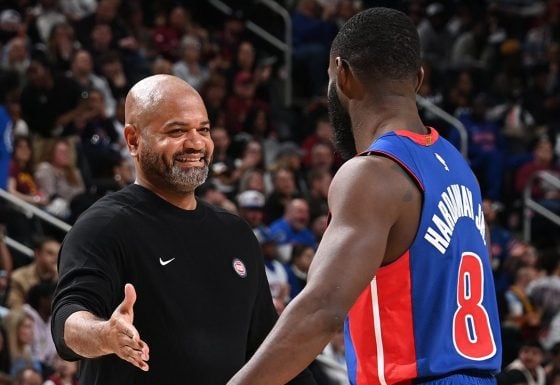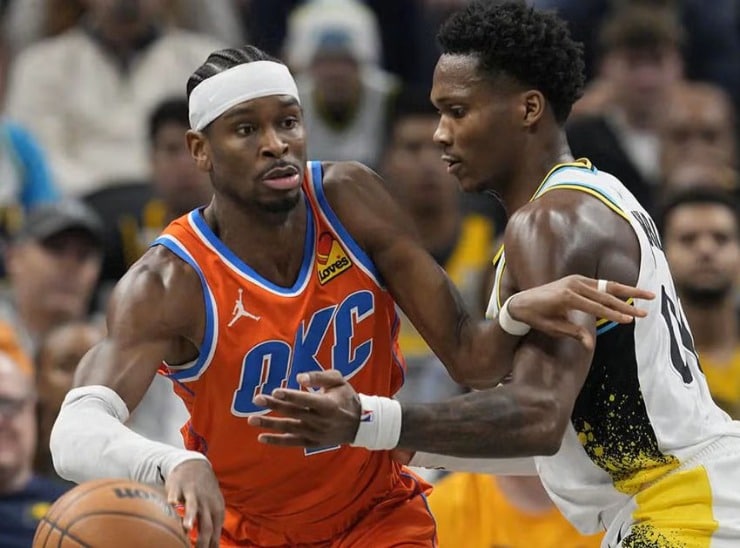This is the new NBA. Littered across the landscape of the league’s best teams are young squads already at the top of their conferences. In the West, the Phoenix Suns are predominantly made up of players they drafted. The same goes for the new incarnation of Grit n’ Grind in Memphis. And spearheading those efforts are grizzled vets that have been the missing pieces.
Chris Paul has led the Suns to a 64-win regular season looking for revenge for last year’s loss in The Finals. Steven Adams was traded to the Grizzlies last summer and while he hasn’t exactly been as instrumental in their rapid improvement, the 28-year-old elder statesman is a perfect complement to their culture. In Minnesota, no one will argue that Karl-Anthony Towns, Anthony Edwards, and D’Angelo Russell aren’t the Timberwolves’ three best players, but it was Patrick Beverley that imprinted his personality on the franchise.
In Boston, the same homegrown recipe has been cooking, too. Six out of the ten-man rotation were drafted in the last six years and have spent their entire career with the Celtics. It’s seven if you include Daniel Theis (who signed as a rookie and spent brief stints in Chicago and Houston before returning) and eight with eight-year vet Marcus Smart. Many people have been singled out with the Celtics’ turnaround. Former head coach and President of Basketball Operations Brad Stevens deserves some credit. Current head coach Ime Udoka has been praised, too. Obviously, the players have put in the work on and off the floor.
But further down on that list has been the unsung contributions of Al Horford. When Stevens made the deal to bring back the big man from Oklahoma City, it was seen largely as a cost-cutting move and not the foundation-fortifying decision it has become.
“The experience he brings to this team, the experience be brought with Rob (Williams), was huge for us,” Marcus Smart said after Saturday’s practice. “Al’s the cool, calm, and collected guy that keeps us cool and calm. When things are going on, Al doesn’t say much, but when he does, it’s time to listen because what he says is important.”
We probably won’t see Horford jump on the scorer’s table if the Celtics win Game 1, this first round series against the Nets, or even the Larry O’Brien in June. That’s just not his nature. Neither is he the deferential type to say that this is Tatum and Brown’s team and he’s just here to support them. Horford best represents that blue collar attitude that has endeared so many Celtics to the city of Boston.
“For us, when he first got back, we kinda knew what he was going to bring,” Smart reiterated. “You could see it on his face. You could see it in how he comes in to work every day.”
Towards the end of the regular season and during this one week break before the playoffs, Horford has been dealing with a back issue — an injury so often associated with older players — but the understated veteran said, “I’m good, doing fine” heading into Game 1. The dry nature of his responses to whether or not Bruce Brown’s comments fired him up or what challenges former teammate Kyrie Irving only underline the professional nature and approach that Horford takes to his job.
However, don’t underestimate the fire that burns in Horford as he enters his fourth postseason in Boston. “When you’re around Al, it doesn’t come out, but he is highly, highly competitive. He is a great competitor,” Chicago Bulls head coach Billy Donovan told CelticsBlog and Boston Sports Journal’s Bobby Manning last week. “He will be a great guy in the locker room in terms of leadership. He can see big picture things. He can figure out how he has to impact a team. How the players have to impact each other. He has a great presence and a great way about him, the way he goes about it.”
It’s too early to have the conversation about Horford’s remaining year on his contract and his possible return next year. It may be moot anyway. His play on the court has been Above Average Al all year and if his playoff history in Boston is a precursor, he’ll be even better in April and May.






